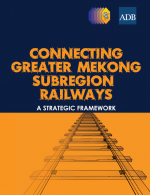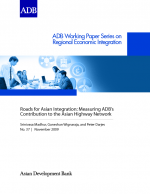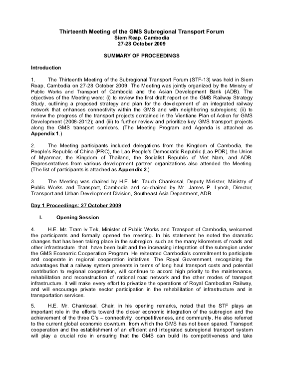Economic Corridors Development: Measure of Success of the GMS Program
VIENTIANE, LAO PDR (30 June 2011) – Progress in developing the economic corridors in the Greater Mekong Subregion will be a key indicator of the success of the GMS Economic Cooperation Program, delegates at today's Third Economic Corridors Forum meeting heard.





